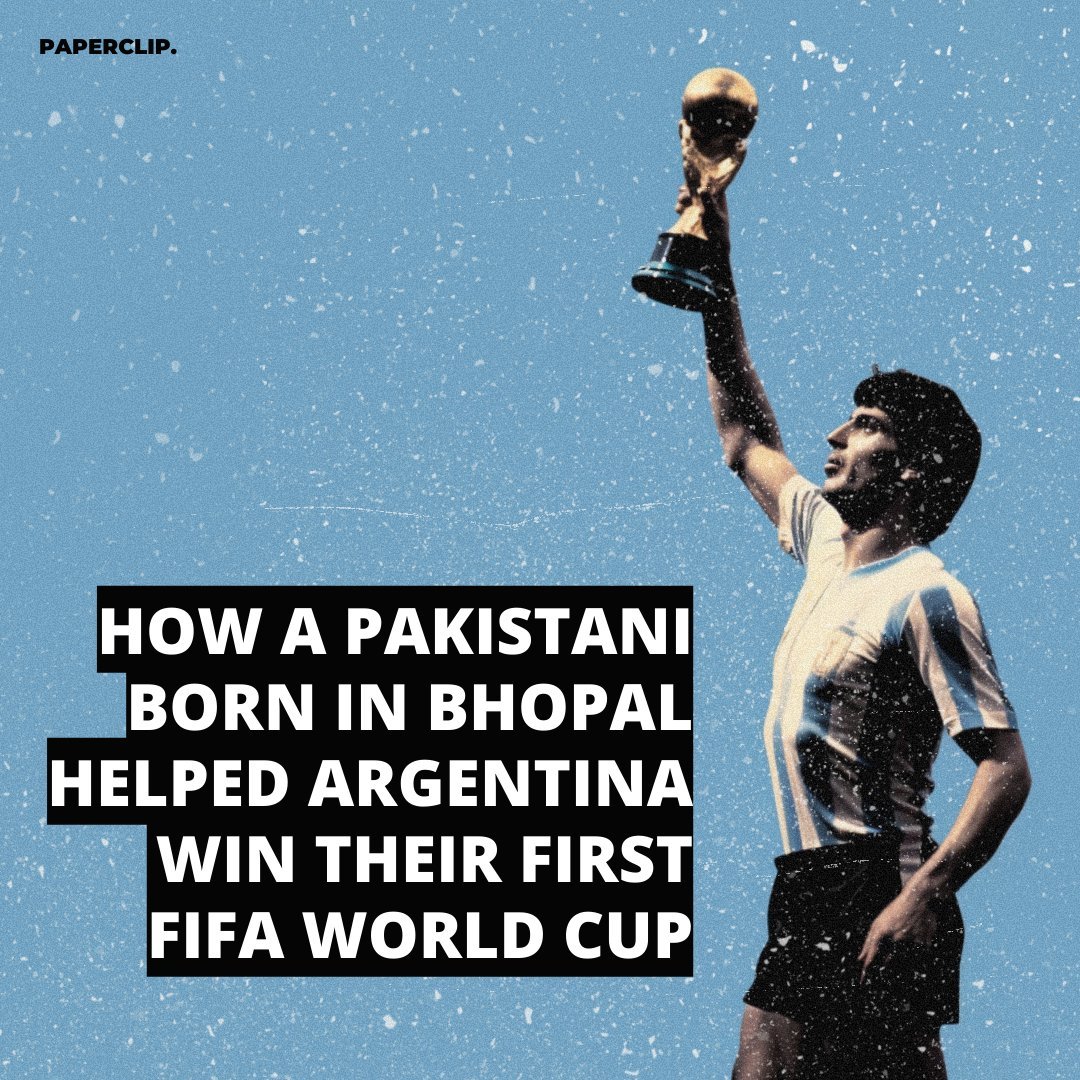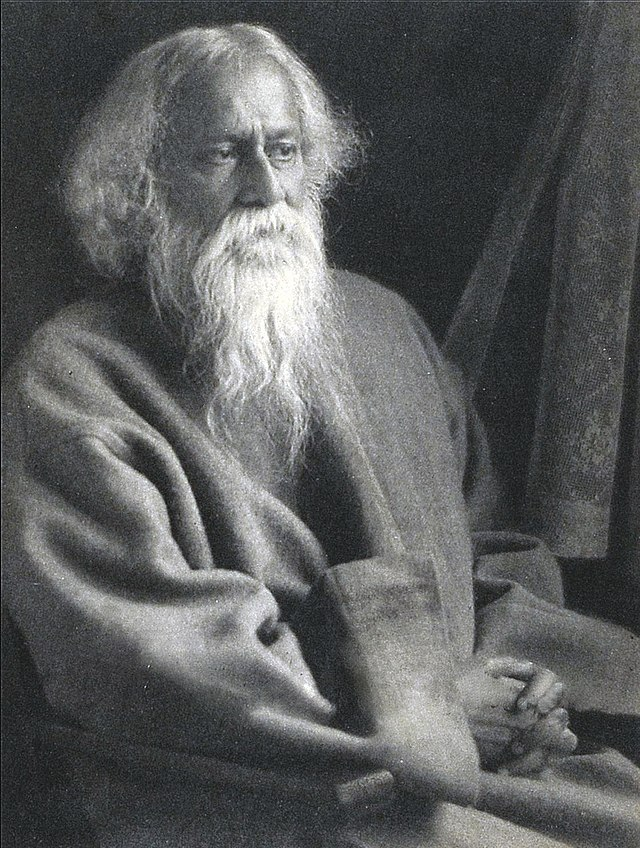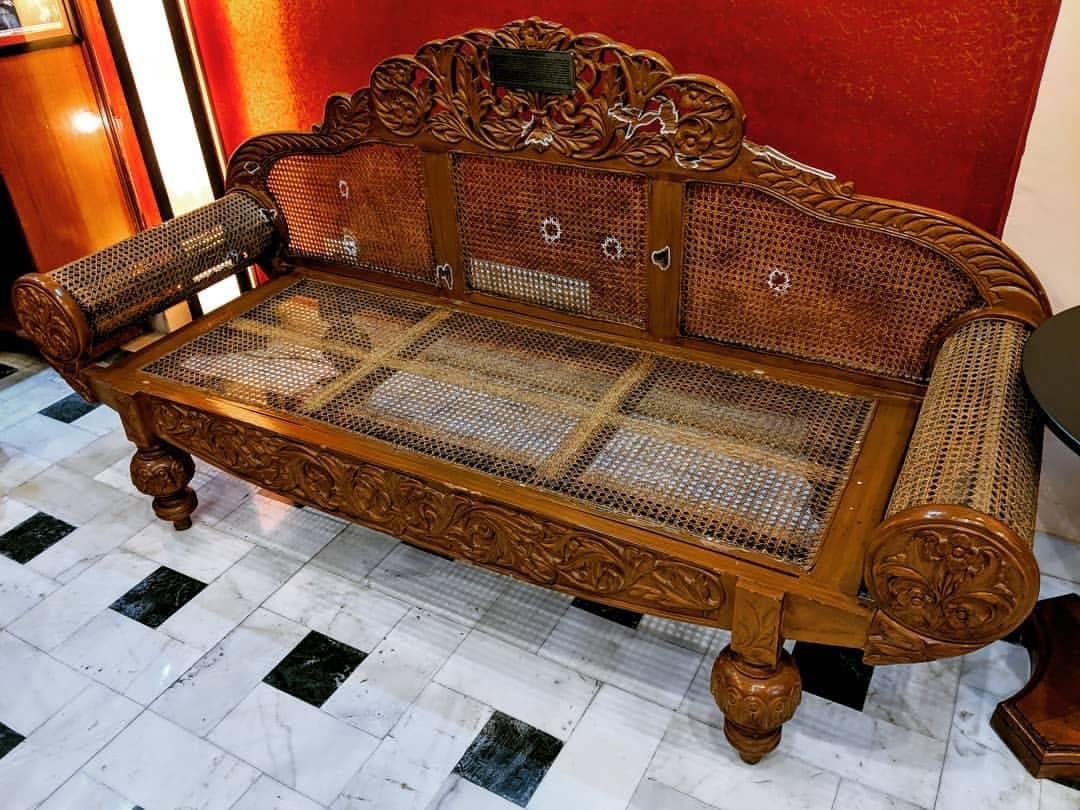On the death anniversary of Madhubala, we recount how the working-class citizens of Greece once fell in love with the evergreen beauty. A thread on a Greek love song on Madhubala, that graced the Olympics. (1/13)
After the Second World War when war-torn Greece was bleeding heavily from wounds of the great Civil War and crippling at the brink of economic meltdown, the citizens desperately needed an outlet to find solace. (2/13)
While the upper-class elites had leaned towards embracing the European genre of art, the working class and the refugees took shelter inside the magical world of optimism and love stories offered by Bollywood. (3/13)
In the 1950s and 60s, when India was still nurturing the wounds of Partition, Bollywood went on to produce many movies with the themes of homelessness, refugees, migrants and orphans in that period. (4/13)
The themes of these movies perfectly blended into the lives of suffering Greek families, abandoned children, poor factory workers, and immigrant labourers living in abject misery - who could see themselves on the silver screen desperately seeking a ray of hope. (5/13) 

During the late 50s/early 60s, 100+ Bollywood movies had been screened in Greece and Cyprus across many popular theatres, Hindi songs were rendered in their native language, and Nargis/Madhubala became household names across the country surviving a civil war. (6/13) 

Madhubala was so popular among the working-class that the famous Greek singer Stelios Kazantzidis, in 1959, dedicated a legendary song to celebrate the beauty of Mandoubala (Μαντουμπάλα), written by great refugee lyricist Eftihis Papayiannopoulou. (7/13) 

Kazantzidis and Papayiannopoulou were both legendary icons for the Greek refugees. In Stelios’s own words - “I sing for the poor, the immigrants and the suffering people, who can’t go to the expensive clubs. They regard my music as their Gospel.” (8/13) 

In the song, Mandoubala is the lost love of the singer, who he searches for and pleads to return to him. Papagiannopoulou wrote the moving lyrics remembering her daughter, who had died that year. (9/13)
The song is believed to be inspired by another Bollywood classic “Aa Jao Tadapte Hain Arman” from Awaara, picturised on Nargis. The massive popularity of this song, spuŕed Stelios on to release another duet song “The return of Mandoubala”. (10/13)
The song Mandoubala loosely can be translated to
“My sweet love
I long for you to come close to me again
since then when I lost you I melt
your name I shout with pain
Madhubala, Madhubala, Madhubala” (11/13)
“My sweet love
I long for you to come close to me again
since then when I lost you I melt
your name I shout with pain
Madhubala, Madhubala, Madhubala” (11/13)

A rendition of the original Mandoubala song was performed by Antonis Remos and Anna Vissi at the closing ceremony of the Athens Olympics, 2004. What an immortal tribute to Madhubala, the Aphrodite from India. (12/13)
Acknowledgement: “Hindi Films of the 50s in Greece: The Latest Chapter of a Long Dialog’, by Helen Abadji. elinepa.org.
Translation: Panayiota Bakis Mohieddin (shira.net)
Video courtesy: : youtube.com/user/kapsourak… (13/13)
Translation: Panayiota Bakis Mohieddin (shira.net)
Video courtesy: : youtube.com/user/kapsourak… (13/13)
• • •
Missing some Tweet in this thread? You can try to
force a refresh













